Preparing Students for the Future with Invention and Innovation
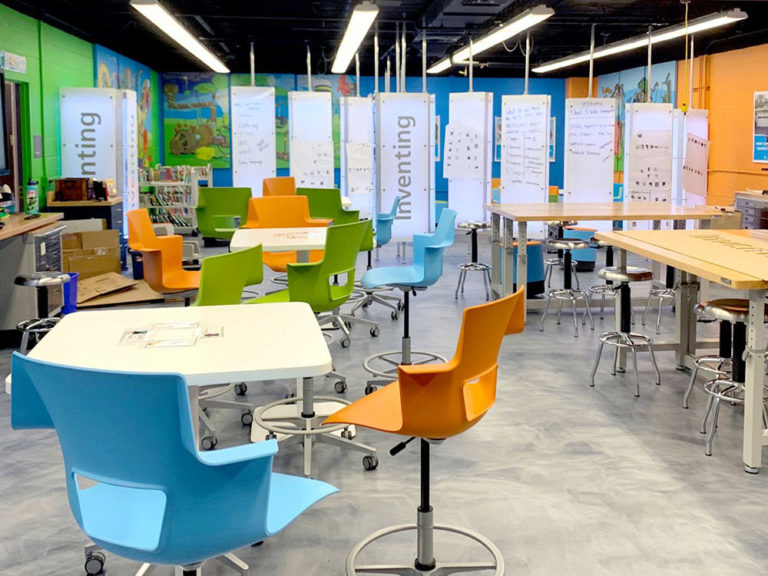 To prepare students for an evolving workforce, creativity, adaptability, and innovation aren’t just desirable; they’re essential. Yet many K-12 classrooms are still operating with 19th-century models, leaving a critical gap between the skills students are taught and what modern employers need.
To prepare students for an evolving workforce, creativity, adaptability, and innovation aren’t just desirable; they’re essential. Yet many K-12 classrooms are still operating with 19th-century models, leaving a critical gap between the skills students are taught and what modern employers need.
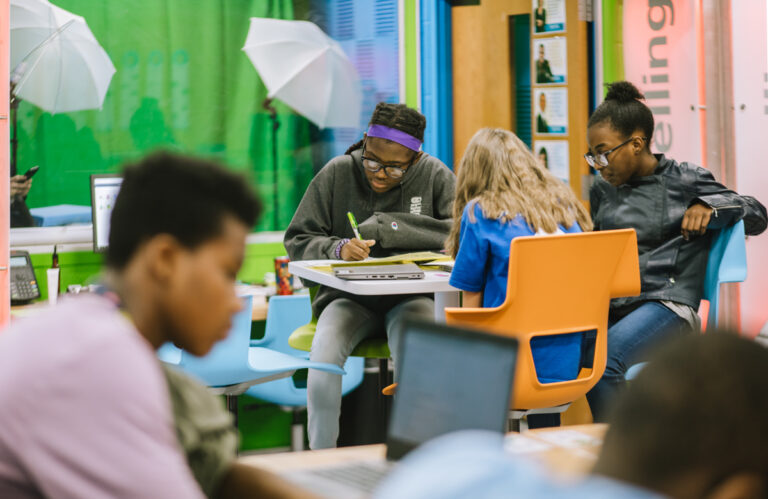
![]()
According to the Association for Supervision and Curriculum Development (ASCD), today’s fastest-growing industries depend on a person’s ability to “think unconventionally” and “produce astonishing work.” So, how can educators bridge that gap?
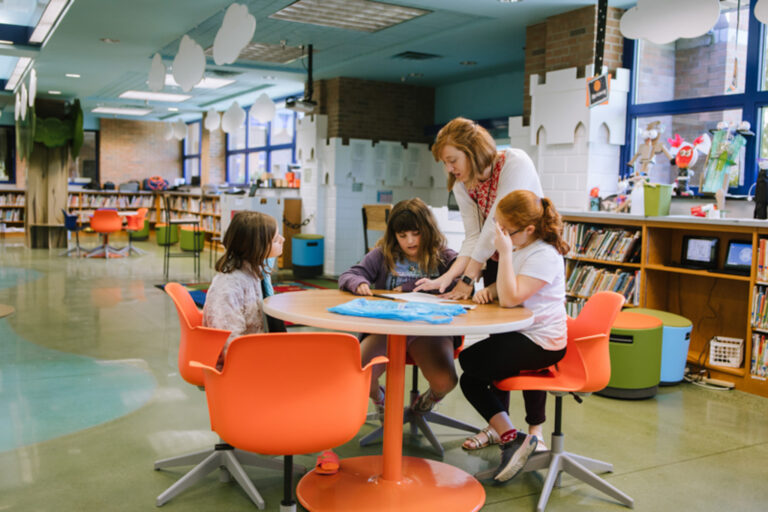 The answer may lie in teaching invention and innovation directly—skills that encourage students to think critically, collaborate, and solve real-world problems. Project-based learning (PBL), when paired with immersive environments and purpose-driven curriculum, offers an ideal platform to help students move beyond rote memorization and into a space of discovery, creativity, and application.
The answer may lie in teaching invention and innovation directly—skills that encourage students to think critically, collaborate, and solve real-world problems. Project-based learning (PBL), when paired with immersive environments and purpose-driven curriculum, offers an ideal platform to help students move beyond rote memorization and into a space of discovery, creativity, and application.
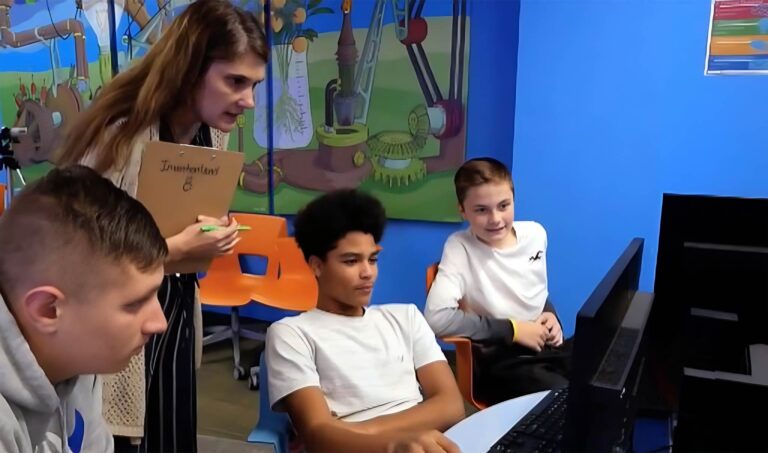
Unfortunately, many teachers find themselves limited by rigid schedules, testing requirements, and a lack of resources. Even when schools add makerspaces or STEM labs, they often lack the structured curriculum necessary to transform those spaces into innovation centers. Without clear guidance and purpose, even the most exciting tools risk being underutilized.
 That’s where Inventionland Education steps in. Drawing on over 30 years of experience in real-world product development, Inventionland has created an applied STEM invention curriculum that guides students through the entire 9-step inventing method.
That’s where Inventionland Education steps in. Drawing on over 30 years of experience in real-world product development, Inventionland has created an applied STEM invention curriculum that guides students through the entire 9-step inventing method.
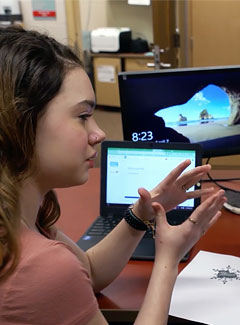 This course is designed to be student-driven, extremely collaborative, and engaging, as students of all skill levels and learning styles learn about innovation and inventing.
This course is designed to be student-driven, extremely collaborative, and engaging, as students of all skill levels and learning styles learn about innovation and inventing.
Equally important is the physical space where learning happens. Traditional classrooms, with rows of desks and teacher-centered instruction, don’t lend themselves to innovation. By contrast, immersive learning spaces like the Creative Innovation Research Center (CIRC) at Haine Elementary or the Innovation Lab at Leechburg High School provide students with opportunities to explore, create, and collaborate. These environments spark curiosity and foster a sense of ownership, leading to deeper learning and improved student outcomes.
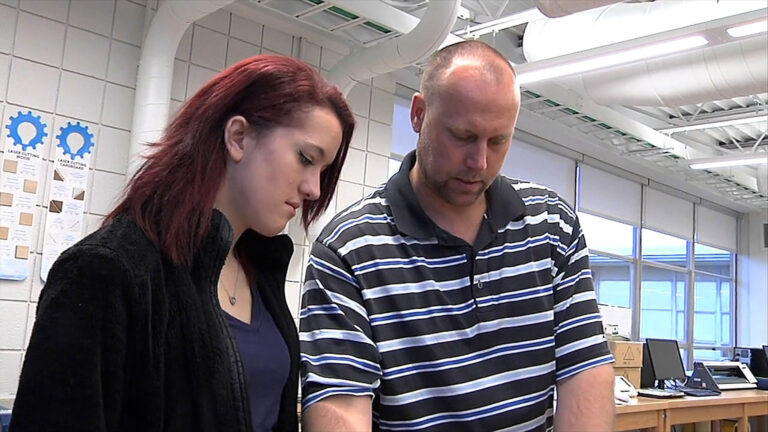 Research shows that project-based, innovation-focused classrooms deliver a host of benefits:
Research shows that project-based, innovation-focused classrooms deliver a host of benefits:
- Better content retention and academic performance.
- Increased student engagement and attendance, especially among underserved populations.
- Development of essential 21st-century skills like communication, teamwork, and problem-solving.
- Improved performance on standardized tests.
And it’s not just students who benefit. Educators who embrace project-based learning often report higher job satisfaction and reduced burnout. When students are excited to learn, their enthusiasm becomes contagious, reigniting passion and creativity among teachers as well.
![]()
Ultimately, preparing students for the future means equipping them with the tools and space to become inventors, innovators, and problem solvers. With the right curriculum, environment, and support, schools can transform learning into something truly meaningful and exciting.
Learn more about Inventionland Education and how your school can bring innovation to life. Download our white paper today.